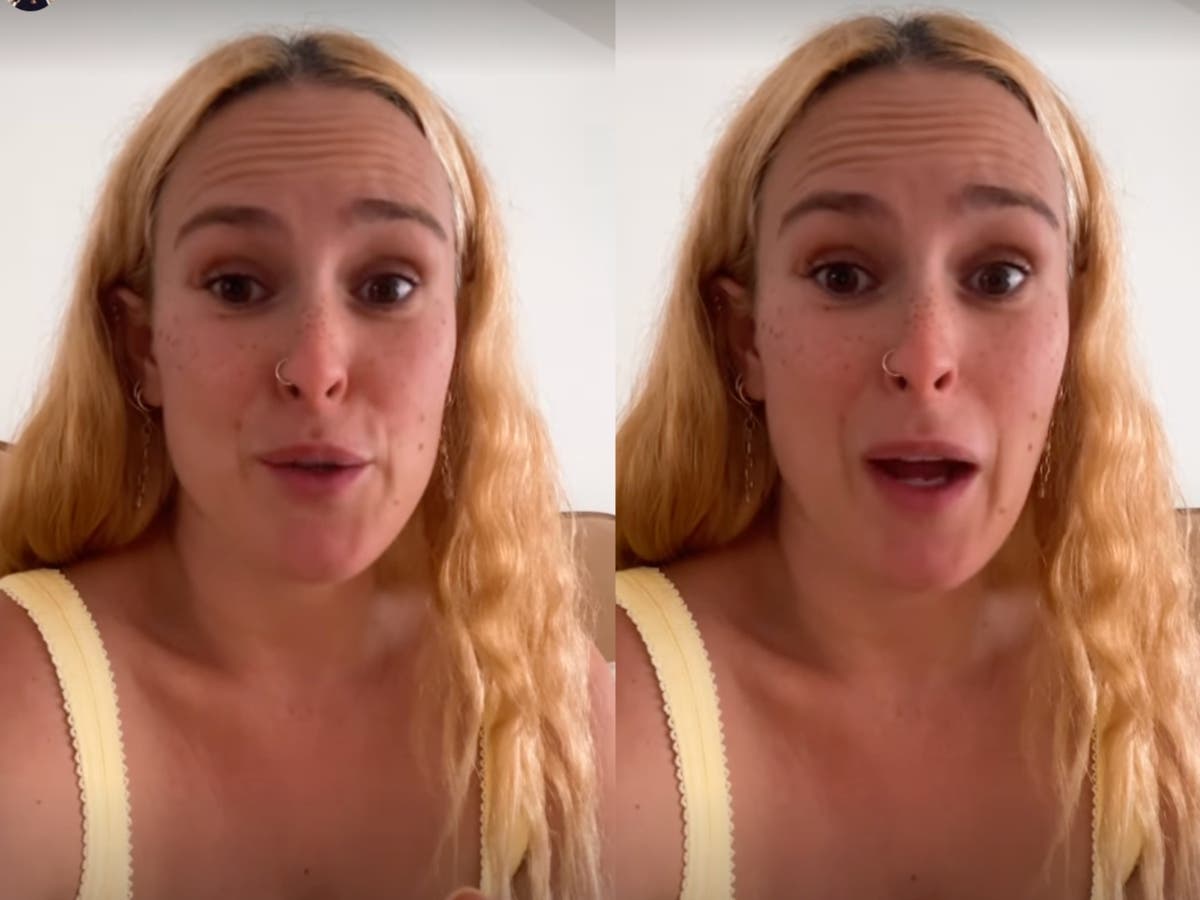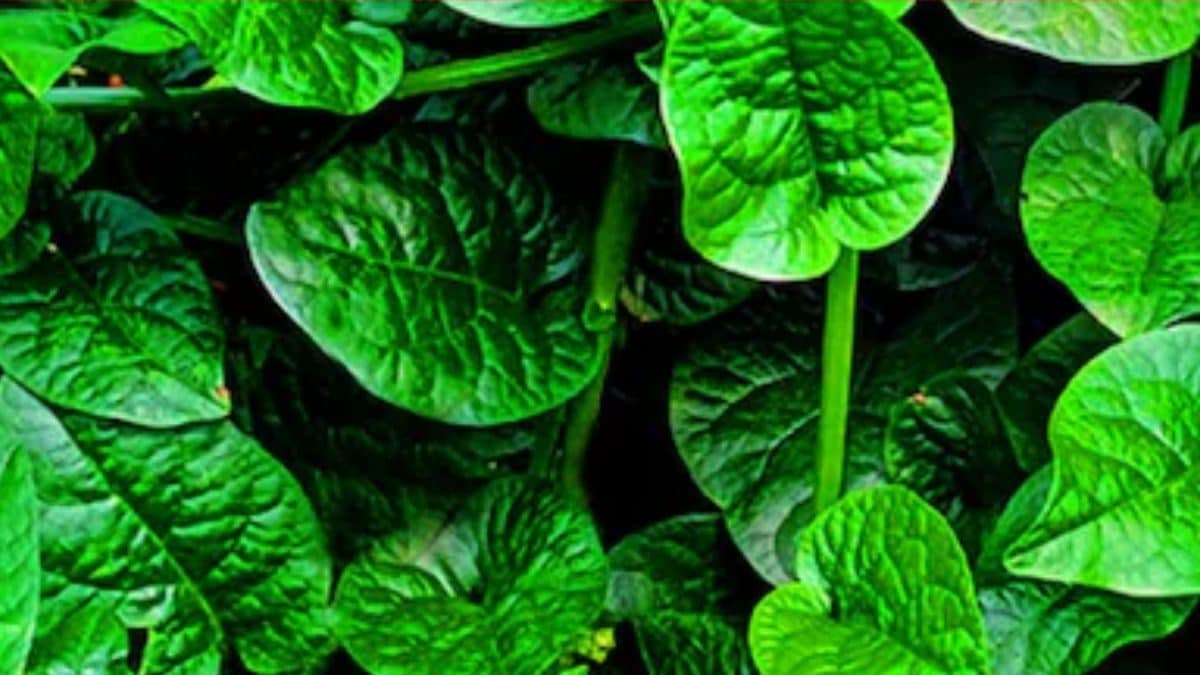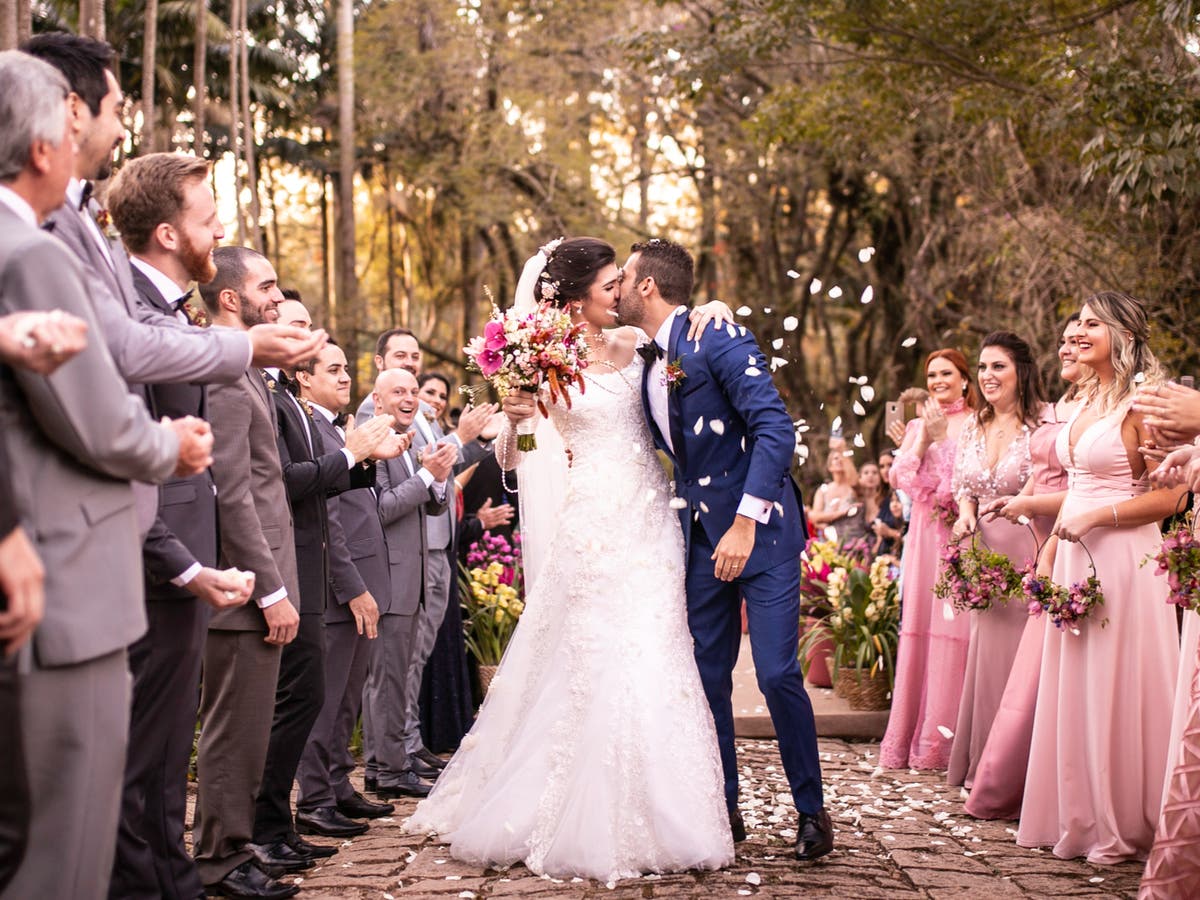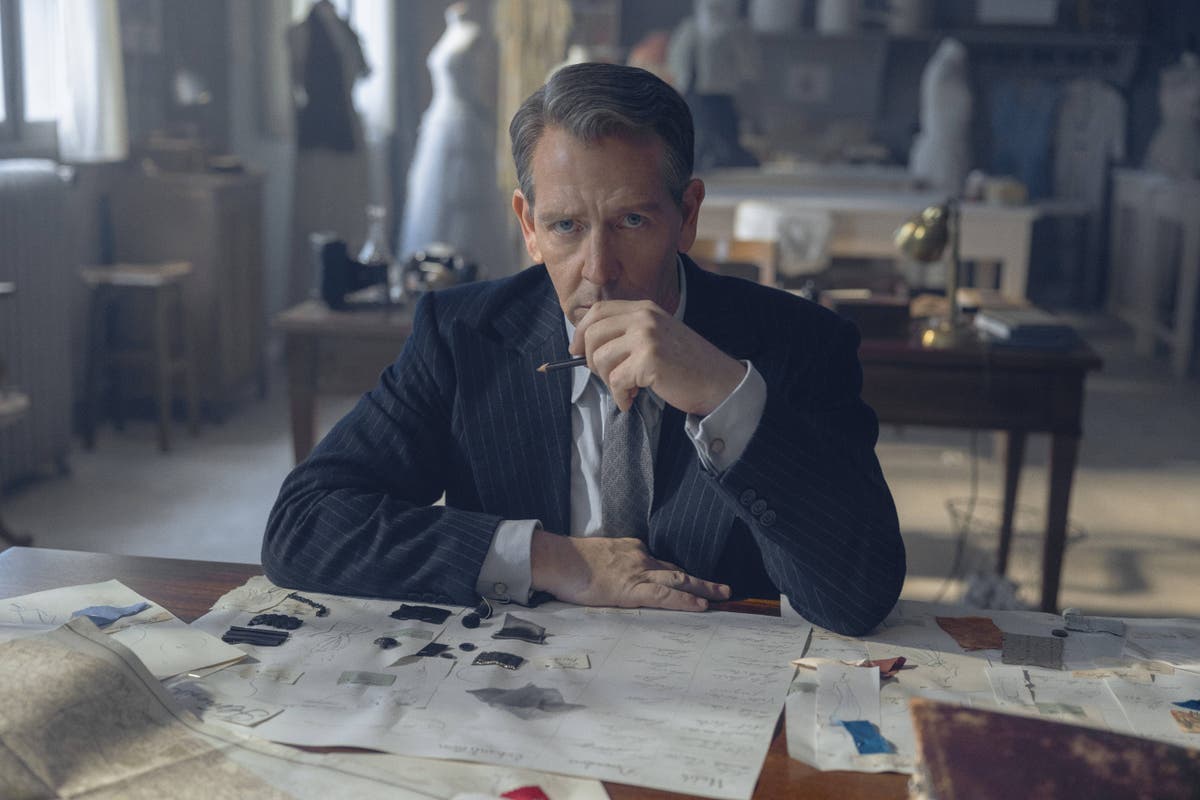A couple of months ago, artist and filmmaker Cauleen Smith assembled a skeleton crew for a guerilla-style shoot: no permits; the places half explored, half discovered on the fly, around the land she calls home and her obsession: Los Angeles.
They were filming the city: four days and four nights in a van, filming from the ocean to East Los Angeles, from the humble blocks of Watts to the hills of San Gabriel. But more than that, they were tuning into the city's signals, like you would an old-fashioned radio, with the words of a Los Angeles poet, Wanda Coleman, as their tonal and emotional compass.
They took long tracking shots of the beach or roads lined with fast food establishments and auto shops. They took slow pans from hilltops and stood still for minutes, sometimes hours, at blocks of clothing stores or downtown railroad crossings. If people came into frame, they continued filming, letting the city come closer to them.
This week, Smith premieres the film, “The Wanda Coleman Songbook,” at 52 Walker, a gallery in TriBeCa, through March 16. It's a New York debut but a deeply Los Angeles project: an ode from a resident who seeks to make language make sense. of the seductions and precariousness of Los Angeles, while paying homage to a creative precursor (Coleman died in 2013 at age 67) in whom she finds insight and strength.
Video (four channels projected from floor to ceiling) is only one part of this multi-sensory experience. Instead of a soundtrack, there's an album of seven specially commissioned songs from musicians like Meshell Ndegeocello and Kelsey Lu, each of which is a free interpretation of a Coleman poem. Visitors can lounge on the couches and drop their stylus on the EP, which is the same length as the video but can be started at any time.
To complete the immersive effect, shadows cast on the back wall evoke street art and views of Los Angeles: an Olmec head; a crow on a power line. A custom scent, inspired by the land and flora of Griffith Park, wafts through the gallery.
With its layers and synesthetic appeal, the project, curated by Ebony L. Haynes, director of 52 Walker, explores Smith's conflicted love for a city that is increasingly difficult, especially for the poor. and for the city's declining black community, It now represents 8.2 percent of its population, but is imbued with disconcerting beauty.
“I find Los Angeles beautiful and horrible, and I love trying to see it that way,” Smith said. “You can have such a deep rage against the city and then be stunned by a giant wild bougainvillea bush. And there's someone sleeping under that bush. It's everything at once.”
Smith, 56, who grew up in Sacramento, has had an unusual creative journey back to Los Angeles, where he lived in the 1990s. He emerged as a filmmaker with experimental work and a feature film, “Drylongso,” which won praise at Sundance in 1999 but failed to secure distribution, in keeping with Hollywood's lack of interest at the time in black female directors and themes.
Leaving the industry, he moved to Texas and then Chicago. There, she reinvented herself as an interdisciplinary artist, expanding into drawings, textile banners, installations, performances and processions, and even wallpaper. After years under the radar of both the film and art worlds, she appeared at the 2017 Whitney Biennial, and has since had multiple museum exhibitions.
Honors also followed, including the Wein Prize from the Studio Museum in Harlem in 2020 and the Heinz Prize for the Arts in 2022. And last year, “Drylongso,” long unfindable, emerged from obscurity with a restoration, a theatrical release and an addition to the Criterion Collection. .
In film and other projects, Smith makes a practice of honoring their important influences, incorporating their words or music into his work, or filming in important places in their lives. Sun Ra and Alice Coltrane frequently draw on these themes.
Her brilliant 2018 film, “Sojourner,” invokes an expanded pantheon, including assemblage artist Noah Purifoy, the feminist Combahee River Collective and Rebecca Cox Jackson, who founded a Black Shaker community in the 19th century. Meanwhile, an ongoing series of drawings shows covers of black feminist and other books that have shaped Smith intellectually.
But when he turned to Coleman, who was informally called the “poet laureate of Los Angeles” but less known elsewhere, it was to address, Smith said, a frankly existential concern.
Smith had returned to Los Angeles in 2017 to teach at the California Institute of the Arts. (She now teaches at the University of California, Los Angeles.) Upon her return, she said, she found that her love for the city had not diminished, but the circumstances of ordinary people, especially black people, were increasingly frightening.
Reading Coleman, another black artist with love and anger for the city, helped Smith orient herself. “Black people have been displaced and erased from Los Angeles in a way that continues to shock and infuriate me,” she added. “This idea of a black Los Angeles, which was honestly like the fuel of this city in the 20th century, is struggling to survive now. I was trying to find something to hold onto to think about this or put language to it. And that was Wanda.”
Coleman was intense, charismatic, originally from Los Angeles. “A force of nature…the conscience of the Los Angeles literary scene,” Los Angeles Times critic David Ulin wrote in an acknowledgment after his death. “A true flesh-eating poet who also happened to be a true black woman,” said poet Terrance Hayes as she introduced a volume of her selected works in 2019.
Raised in Watts, she dropped out of college to pursue militant politics in the 1960s, but soon made writing her radical practice, sustained (barely) by various service, administrative, and “pink collar” jobs. She briefly edited Players, a soft-core magazine for black men, in the early 1970s. She later won an Emmy as a writer for the soap opera “Days of Our Lives.”
Her poetry, published since the late 1970s by Black Sparrow Press, was raw, often crude, sexually explicit, bitingly funny, full of clear-headed fury at the systems and prejudices she faced as a working-class black woman, and bitingly insightful. about intimacy around the world. class and race. He was also virtuoso, playing with forms from sonnets to blues and a host of literary references. She read it like it was jazz.
In the 1990s, Smith was vaguely aware of Coleman. “I had read one or two poems,” she said. Now, as she immersed herself in the completed work, she was struck by how its perspective reminded her of her first precarious days in the city, without a car and traveling by bus, and by the fierce dignity that the author claimed for herself and the people. that he portrayed.
Coleman wrote “without self-pity, but with complete clarity,” Smith said. When he writes about violence and abuse, “what you are experiencing is the processing of this terror and violence and a desire to survive it: the belief that your life has value and that you are going to make your way.”
Before long, Smith said, she was thinking about Coleman as she moved through the city, attentive to those on its fringes. “When you're sitting in your car in Los Angeles, Wanda is the best guide,” she said. But once her project was born, it wasn't with a movie in mind.
Instead, I wanted to make a record album: share poems with musicians he admired, “to know if they connect with Wanda, how they connect, how she sounds.” Filmed after recording the music, the video “is a wrapper or a blanket that tries to wrap you around you while you listen to what these artists do with Wanda's work.”
The seven tracks were made separately, with different artists, but the result, somewhere in the realm of avant-garde jazz and soul, is lyrical and cohesive. The list is impressive: Alice Smith; Jamila Woods and Standing on the Corner; Moorish mother and Aquiles Navarro; Jeff Parker and Ruby Parker; Shala Miller; Ndegeocello and Lu.
Woods, who lives in Chicago, said she felt resonance between Gwendolyn Brooks' street feel about that city and Coleman's Los Angeles. She chose the poem “Wanda in Worryland” for its “stark vulnerability,” she said: “the intrusive thoughts and external pressures and assumptions that haunt your inner space.”
Alice Smith found Coleman “very intense; I really had to work it out,” she said by phone. Her lush, resonant song is based on a few lines from “In That Other Fantasy Where We Live Together.” She found herself desiring tenderness to Coleman, whom she felt could “use a little bit of someone who would treat her with some kind of care.”
At the time of filming, Cauleen Smith said, Coleman's work seemed like a reliable guide to getting a closer look at her city.
It drew her into long, slow takes, allowing life to happen: “Can we just look at this mall for 10 minutes? Can we just watch people come and go from the liquor store? And when things got awkward, how much time is appropriate or productive to show a disoriented person at a bus stop or laboriously pushing a stroller down the street? – thinking about Coleman helped her feel where to draw the line.
Through Coleman's work, Smith said, there is a deep love for the total Los Angeles with all its contradictions. “She drank up this whole city,” Smith said. “She understood it very well.”
Now Smith has also discovered that the more he loves Los Angeles, the more they love it, too, like the strangers he encountered while filming who were kind and fun. “She's really disarming,” she said. “The distance between the political rhetoric of the city, which is cruel, and the tenderness and joy of the people is wild.”












